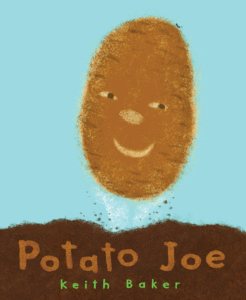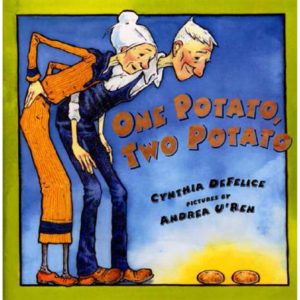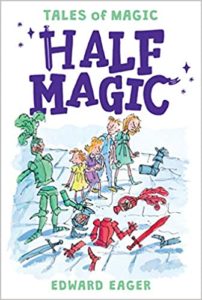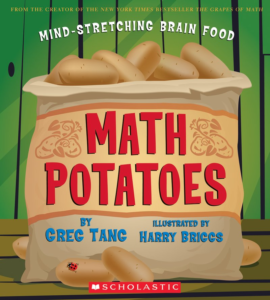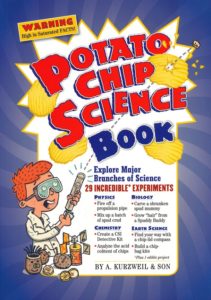
|
Allen Kurzweil’s Potato Chip Science (Workman Publishing Company, 2010) is a book-and-kit combo that uses everything potato – including potatoes, potato chips, and potato chip containers – for 29 “incredible” experiments and projects, ranging from building a bird feeder to making potato-based fingerprint powder and a potato shrunken head. For ages 8-12. |
|
Also see the accompanying Potato Chip Science website. |
|
From Science Buddies, How Greasy Is Your Potato Chip? is a science project on fats in chips, with a list of questions, background information, experimental procedure, and forms for collecting data and plotting graphs. |
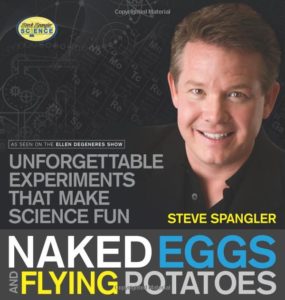
|
Steve Spangler’s Naked Eggs and Flying Potatoes (Greenleaf Book Group Press, 2010) is a collection of marvelous, messy, and irresistible science experiments, variously categorized under “The Power of Air,” “Kitchen Chemistry,” “Dry Ice,” “Gooey Wonders,” and “Don’t Try This at Home…Try It at a Friend’s Home!” The book is illustrated with color photographs and has complete instructions and explanations. The experiments are great, and at least two of them involve potatoes. For ages 8 and up. |
|
For instructions for individual Spangler experiments, see Straw Through Potato (a great trick) and Launching Potatoes (make your own spud gun). |

|
Robert Gurstelle’s Backyard Ballistics (Chicago Review Press, 2001) has step-by-step instructions for building thirteen cheap, but thrilling, ballistic devices, from match rockets and tabletop catapults to fire kites and potato cannons. Included are explanations of the physics behind each device and profiles of such ballistic-savvy scientists as Robert Goddard and Sir Isaac Newton. With caution, for ages 9 and up. |
|
For the science of spud guns (several kinds), see How Spud Guns Work. |
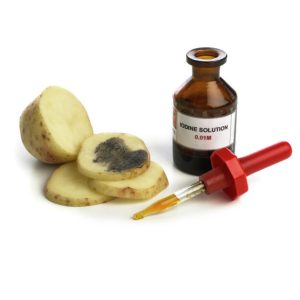 |
Test for starch! And all you need is iodine. The Do It Yourself Starch Test has instructions, explanations, and some great pictures of starch-positive potatoes. |
 |
From Kidzworld, find out how a potato battery works and learn how to make one of your own. Also see Food Batteries, which adds some chemistry and lists questions to investigate. |
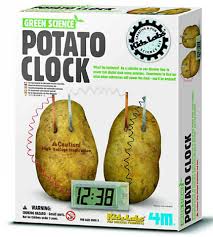
|
The Potato Clock Kit (4M) is powered by a pair of potatoes. |
|
Scientists have sequenced the potato genome – and found that it has some 39,000 genes (about 10,000 more than you). Read about it here and here.
|
|
From Penn State, Potato Mountain is a middle-grade lesson in reading and understanding topographic maps using a potato. Also with potatoes, see Visualizing Topographic Maps and Contour Lines. |
|
Potato Earth? A satellite-based image of how gravity varies over the surface of the Earth makes our planet look like a giant potato. Read about it here.
|
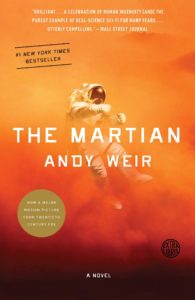 |
In Andy Weir’s The Martian (Broadway Books, 2014) – an edge-of-your-seat read, packed with science – astronaut Mark Watney is stranded on Mars. And survives, in part, by growing – yes! – potatoes. For teens and adults. |
 |
The 2015 movie based on the book stars Matt Damon as Mark Watney. PG-13. |
